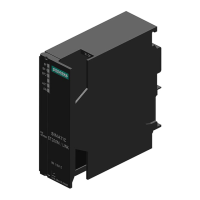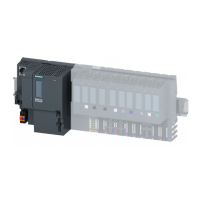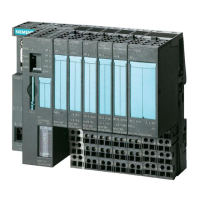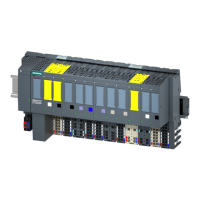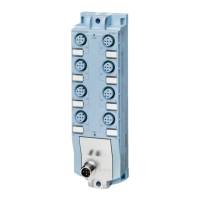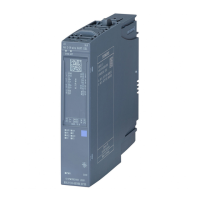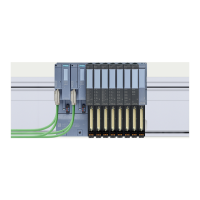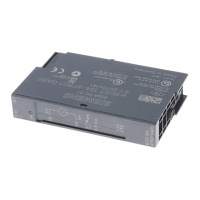11.3.1.2 Design types of protection on the CFU
The types of protection include design and electrical measures relating to the equipment to
achieve explosion protection in the hazardous areas. The following types of protection are used
in the CFU:
Table 11-1 Types of protection
Type of protection Meaning Representation
Intrinsic safety i All voltages, currents, inductance and capacitance oc‐
curring are limited by electrical measures (intrinsically
safe) - sparks or thermal effects capable of causing ig‐
nition cannot occur. The spur line connections of the
CFU fieldbus cables have an intrinsically safe design [ic].
NOTICE
The following applies when the CFU is used in hazard‐
ous areas: The spur line connections of the freely con‐
figurable channels may only be changed in a DE-ENER‐
GIZED state.
Increased-safety
housing e
The housing and the main line terminals of the CFU fea‐
ture the increased safety Ex e type of protection. This
type of protection is an additional measure to prevent
high temperatures, sparks and arcing from forming with
a higher degree of certainty.
Protection by
housing tc
The CFU is installed in the aluminum housing, which
ensures better protection against explosive dust envi‐
ronments.
This type of protection is an encapsulation to prevent the
CFU from igniting conductive or non-conductive dust.
11.3.1.3 Explosion protection
Housing configuration
The CFU housing is a simple electrical equipment according to EN 60079-14 and EN 50020.
● Intrinsically safe circuits may be connected in explosion-prone areas.
● If EN 60079-14 is complied with, non-intrinsically safe current circuits may also be
connected to the SIMATIC CFU with aluminum housing.
Compact Field Unit in the housing for use in a hazardous area
11.3 Configuration with SIMATIC CFU with aluminum housing
SIMATIC CFU
134 Commissioning Manual, 08/2019, A5E39252870-AD
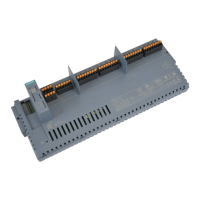
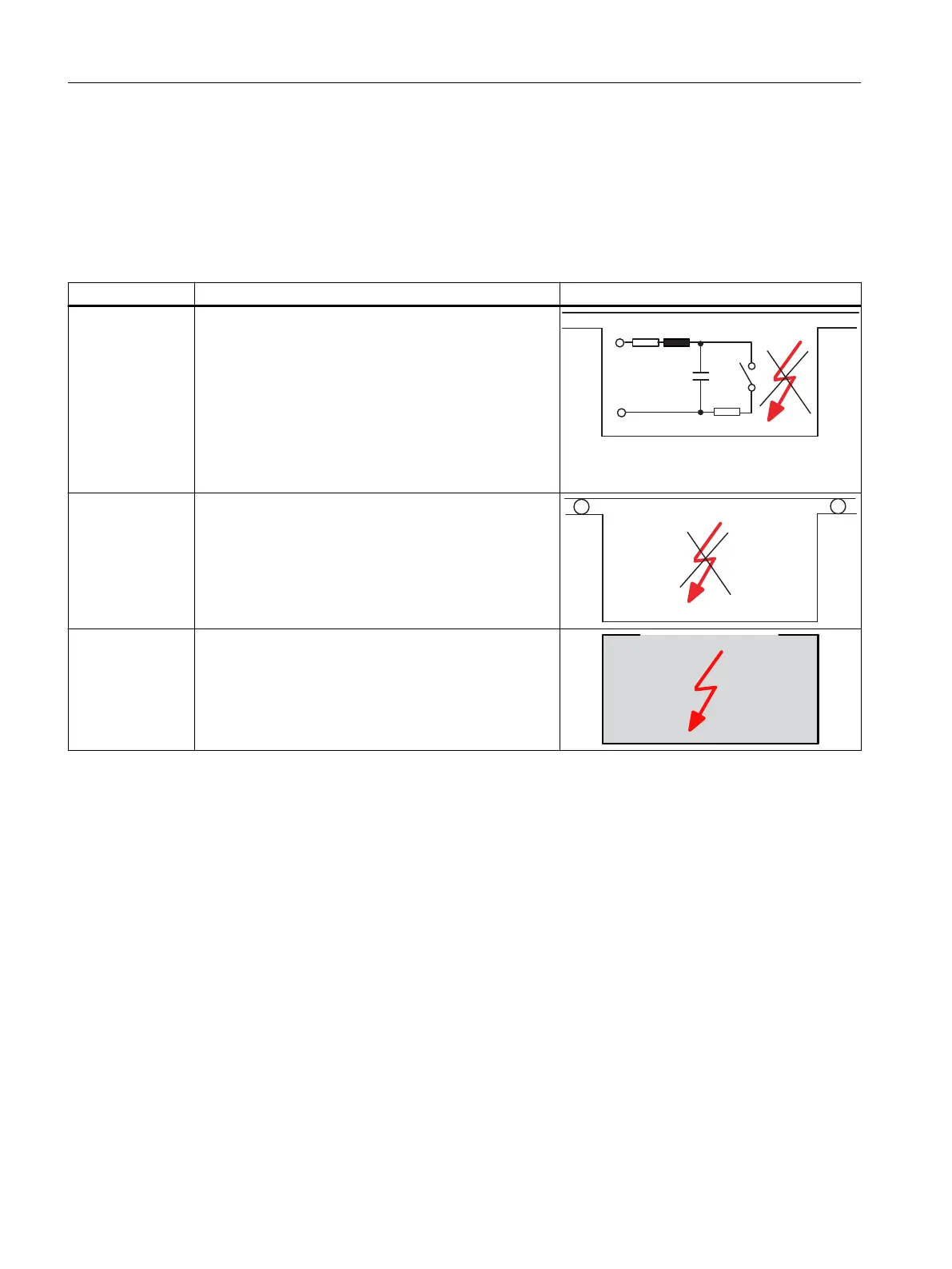